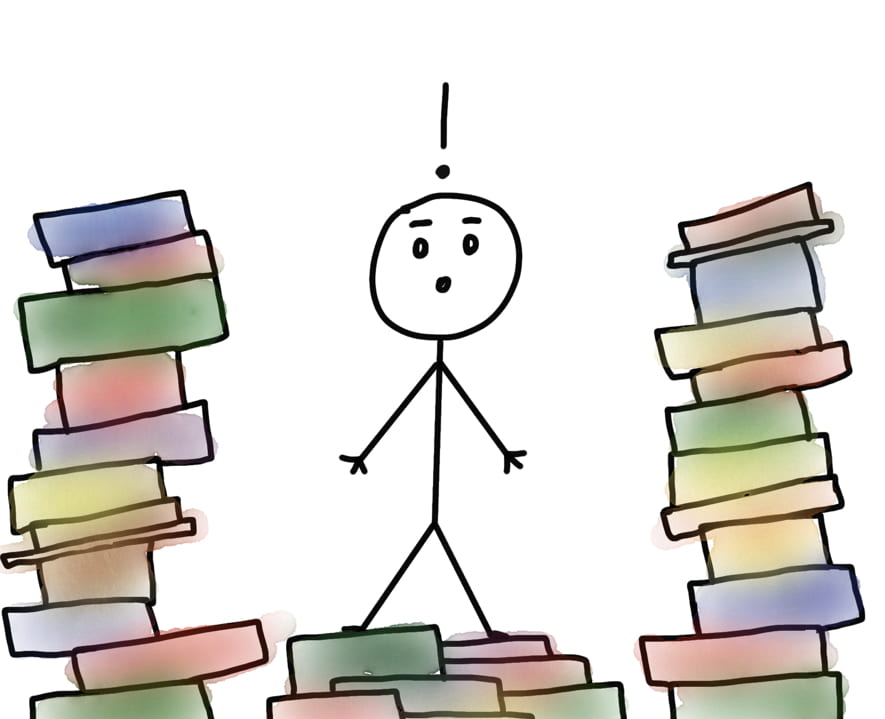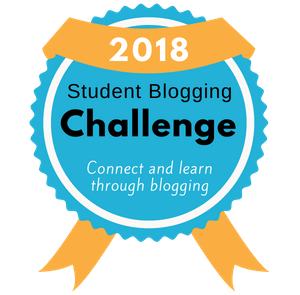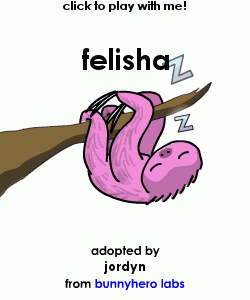Have you ever had to change someone’s mind? A parent, a friend, a teacher, a sibling? Whether this be something really significant or not, I’m sure at some point in your life you have to convince someone of something or change someone’s mind. For our latest project in PLP Humanities 11/12 that is exactly what we had to do hence the name “Change My Mind! Adversaries to Allies”. Using my words (written not spoken) I was tasked with persuading a specific audience of something which may sounds pretty simple but as you will realize through out this post, IT IS NOT!! It probably wouldn’t be too difficult if I could have use all of the essay writing skills I have been working on developing for the past couple years but that was the trick: it could not be an essay or any kind of debate. So I was left with limited options: Twitter post, Reddit thread, text message, blog post, or email. Of course, knowing me and my over-the-top self, I decided to write a children’s book….and a blog post. I don’t want to give too too much away before I start explaining the highlights and challenges of this project so that is all I’m going to tell you for now! Thats all you get! I have to stick with a My Dog Ate My Blog tradition that I include in every post which I am sure will not come as a surprise if you keep up with my blog: a project driving question.
“How can I use my voice to effect change?”
With that, let’s start this post so I can actually explain to you why on earth I spent all of my time writing a children’s book.
HIGHLIGHTS
1. Interview and audience
One of the first steps in creating this persuasive text was choosing a topic and audience that I was passionate about and that I was close to. The topic I chose to focus on was reading. This is because I have been reading for my whole life, it has always been a source of happiness and peace for me especially as of lately as I have been too busy with school and work to start a new TV show or a project at home. I thought about how I grew up reading and then I started think about kids today and how I have started to see a decline in reading at a younger age, reading by choice. Reading has slowly become a chore, something that is limited to school and teacher’s choice. In an age of technology it has been replaced by playing video games and watching TV. And I wanted to change that. So I chose a target audience that I could easily access and understand, an audience that I could persuade. Being that I already told you I wrote a children’s book, I feel like you could probably guess who my audience was: My little sister Sloan. This is her:

To really get an idea of how to reach my audience and persuade them, I interviewed both my stepmom (for the parent perspective) and Sloan (for the child’s perspective).This was a very important milestone in my project because it forced me to change gears a little bit. I originally wanted to persuade Sloan to like reading and to want to read but it turns out, after my interview with her, that she already likes reading, she actually loves it!
“There’s lots of interesting things in books” – Sloan
So instead, I wanted to inspire her to read more of what she wants to read rather than just to learn to read or for homework because through research, I learned that self-selected reading is crucial to academic development and success. I quickly became even more passionate about my project after that because I resonated so much with the idea of reading by choice because I did it ALL THE TIME. As a kid, I would sit on the couch for entire weekends and finish whole books because I loved it that much. So anyways, the big thing I learned from this aspect of the project is that it is ok to shift gears and create a more specific topics, that that actually makes it a bit easier and creates better results.
2. Making Lists of Books
As a secondary part to my project, I wrote a blog post for parents as a resource to share the research that I did on the benefits of self-selected reading. Although, to be honest, the blog post part wasn’t the most enjoyable part of the project to write, the lists of books that I included make it a lot stronger and more useful. Sometimes the hardest part of getting kids to read is finding the right book! So from personal experience I accumulated four lists of different age-group books as places to start reading. I had a lot of fun doing this but definitely struggled to narrow it down to only ten books per category because I have read so many amazing books that I think Sloan, her friends, and kids her age would love to read now and as they grow up and learn to read!
What these lists really showed me and the juxtaposition of the children’s book and the blog post is that I have developed an understanding of audience and different forms of persuasion and text or different audiences. I created a book to reach my direct audience in hopes that it would inspire them and a blog post to reach my secondary audience, in hopes that they could help me reach my target audience and spread my goal. Of course I used different language between the two mediums (one much more formal and research based while the other more simple and fun) but both with carefully chosen words and content for maximized understanding and impact. I learned about this through some of the work we did with the “6+1 Traits” and Word Choice.
CHALLENGES
1. Writing and Illustrating a Children’s Book
Although this was the main part of my project, it was definitely the most difficult and time consuming. I decided to do a picture book because I though it would be a bit simpler but, boy, was I wrong. I am used to writing with lots of words, frankly as many words as I would like so to have to keep it to a minimum was very difficult. That on top of making it simple and easy to read as well as drawing! I am certainly not an artist so I stuck with stick people which actually turned out pretty good!

This is me planning my entire book on sticky notes while at work!
The biggest lesson I learned from creating the book was that it can really pay off to take creative risks and step outside of your comfort zone. Writing a book to change some ones mind or persuade them was never something I thought of doing but it turned out a lot better than I expected and Sloan loved it too…. for the most part but I will talk more about that in the next section.
2. Feedback and Results
Here is the last and, maybe, the most important part of the project: The Feedback. This is feedback on whether to not my project was persuasive, if it changed Sloan and Chelsea’s (my stepmom) mind. Let’s start with Sloan’s reaction. I read Sloan my book before bed omen night and she definitely thought it was really funny. She was laughing and engaged and seemed to be understanding what I was saying but I think it will take longer to see the effects. There is a part in the book about going to the library and choosing whatever book you want so I definitely want to do that with her to follow up.

The crying page 🙁
The one piece of feedback she gave me was that she didn’t like this page because the stick person was crying and I thought that was pretty cute. Alright, moving on to my stepmom who is a teacher and the one who implements daily reading and comprehension into Sloan’s routine. I think I definitely got my message across to her because a couple nights ago at dinner we were all talking about reading and having a conversation about self-selected reading and she came up with a phenomenal idea. She said that we will build a small book shelf for upstairs in the living room so that Sloan can choose books to read on her own whenever she wants! She definitely already agreed with me but I think my writing piece (blog post and book) really pushed her over the edge, making her want to take action! All of this sounds great right? So you are probably wondering why on earth this is in the challenge section. This is because I definitely would have liked to dig deeper with Sloan and get some more responses and feedback. This really taught me about keeping in contact an following through with communication on projects like these because it is CRUCIAL and although I did it, I would have liked to have taken it a little further.
FINAL PROJECT
CONCLUSION
Alright! Well I covered most of what I wanted to say and what I learned in the gargantuan blog post I just wrote so I will make this short and sweet. I just want to go ahead and answer the driving question which, let me remind you, is “How can I use my voice to effect change?” Well, it takes time to get to know and really understand your audience, the ability to develop an appropriate medium, research and preparation, good use of literary and writing skills, as well as follow-up and communication with your audience.
I hope you take the time to check out my book and blog post because maybe it will even inspire you to read or to encourage your child to read!
Jordyn




Leave a Reply